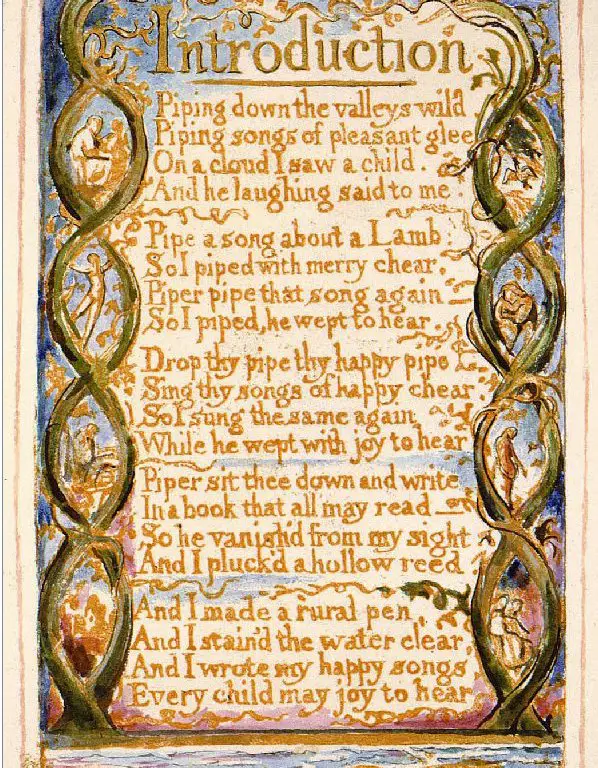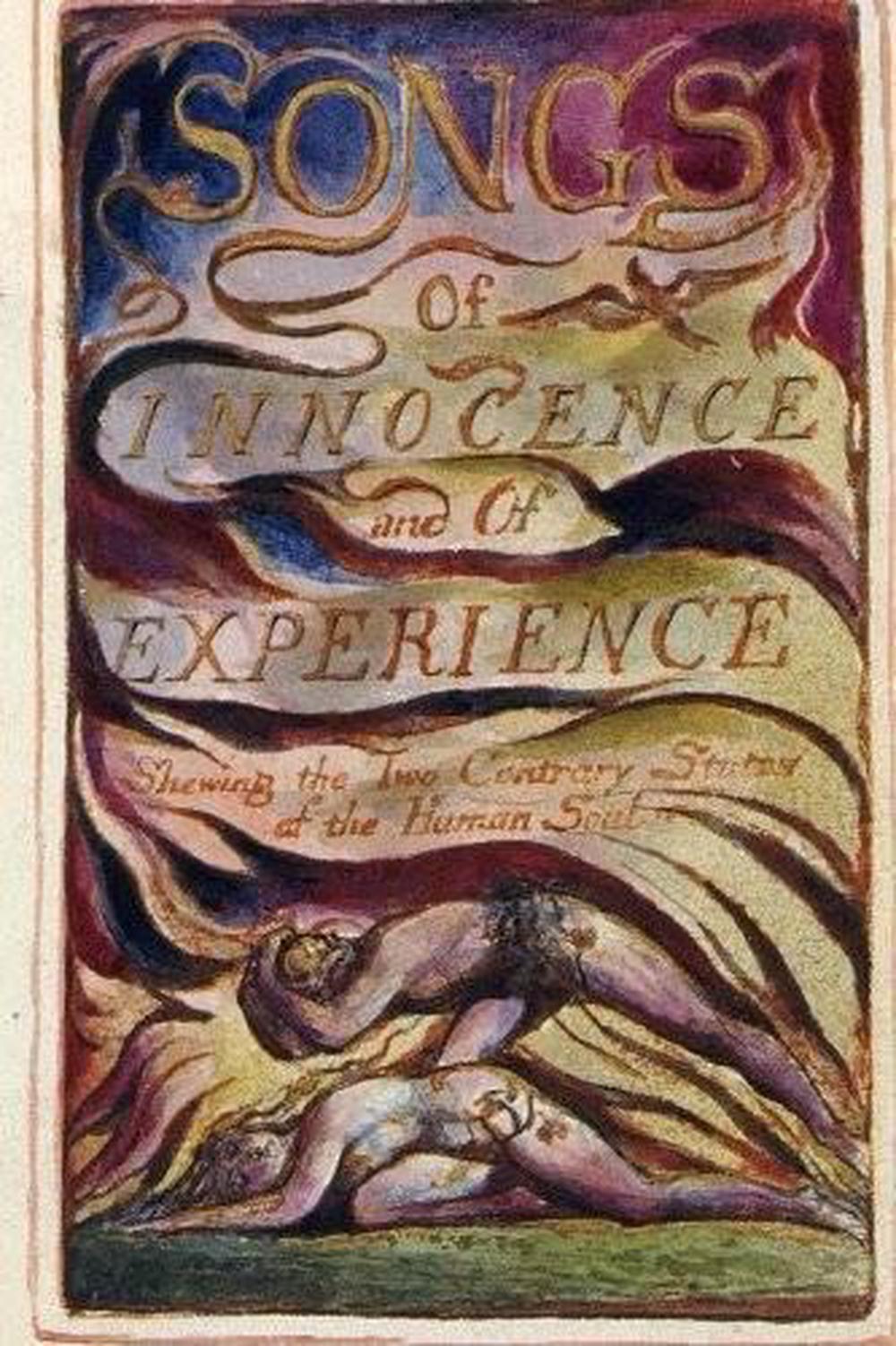
Robin Hamlyn, Michael Phillips, Elizabeth E. 165-66 (Copy W, King's College, Cambridge), ill. Andrew Lincoln William Blake: Songs of Innocence and of Experience: Blake's Illuminated Books, Vol. Harold Bloom The Complete Poetry and Prose of William Blake. David Bindman, Deirdre Toomey The Complete Graphic Works of William Blake. Laurence Binyon The Engraved Designs of William Blake. 12-15 (all of the plates, then belonging to William Augustus White and now MMA, were shown).


exhibition catalogue, Grolier Club, January 26-February 25.

The Grolier Club Catalogue of Books, Engravings, Water-colors & Sketches by William Blake. This copy of Songs was later the first work to be purchased by the Museum’s new Department of Prints in 1917, recommended by its distinguished curator William M. These richly decorated pages, with their deeply saturated hues and distinctive ornamental borders, reveal Blake’s late vision and the order is established by small red numbers at upper right. The artist Edward Calvert met Blake around 1825 and commissioned this copy of Songs of Innocence and of Experience soon thereafter. This first group of Songs was shaped by the heady early days of the French Revolution, when British liberals and radicals believed that true reform was imminent on both sides of the Channel.

The poetic voice is often that of a child, whose emotions range from delight to fear, with darker feelings usually resolved in the earlier Songs of Innocence by adult intervention. Verse and image work together to celebrate poetic inspiration and reveal aspects of the divine as expressed through nature. He then printed and hand-colored copies of the combined sets over succeeding decades as patrons ordered them, each one visually distinct. Blake etched twenty-seven printing plates for Songs of Innocence in 1789, completing those for the Songs of Experience in 1794.


 0 kommentar(er)
0 kommentar(er)
